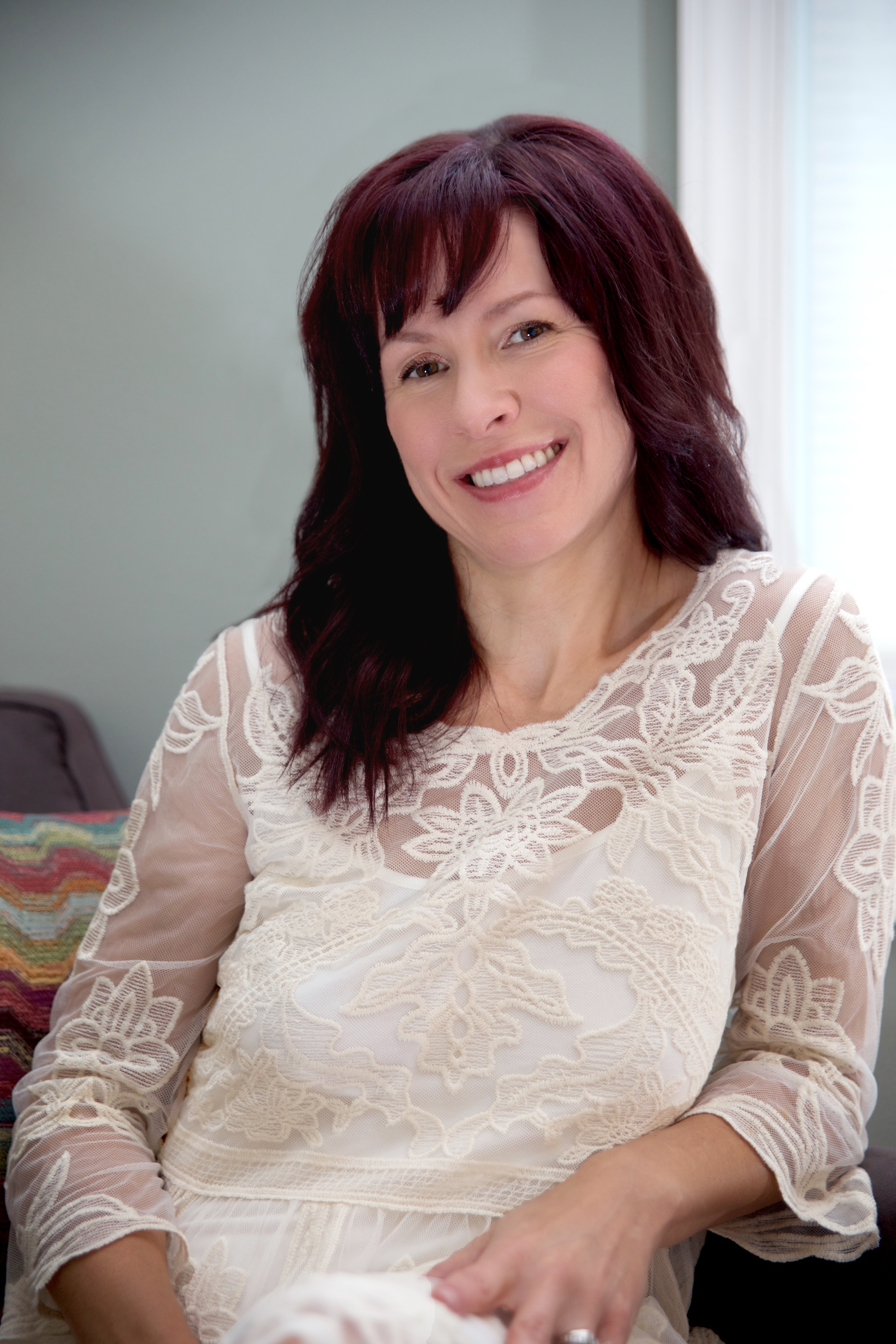Psychodynamic Psychotherapy for the Treatment of Eating Disorders
Psychodynamic Psychotherapy for the Treatment of Eating Disorders
Amy H. Olson, LCSW, CEDS-S
“It is difficult to see the picture when you are inside the frame.”—Unknown Author
The therapeutic frame is one of the most helpful concepts I hold in mind as psychodynamic psychotherapist. Unfortunately it receives little attention during our training and later continuing education. In my role as supervisor, I make great efforts to teach and role model frame. In clinical practice I am confronted with issues of frame each day. Conservatively, I’d say half the questions that pop up on list serves or in consultation groups are some way frame-related. But, just because I can spot a frame issue doesn’t mean it is simple, or clear!
So what is this thing – therapeutic frame? Well, it is not a concrete thing like a picture frame, but a concept. A psychodynamic concept is something we hold in mind – like transference or countertransference – when trying to understand our patients inner life, and our own, in reference to their treatment.
Here is a common frame issue: Every therapist knows that things in treatment can feel unusual around breaks such as vacations, holidays and illnesses, whether initiated by the therapist or patient. Patient responses can vary to include a flight into health, “I did okay while you were away, so I think I’m ready to end our sessions”, to stony silences, and full blown relapses. Sometimes the changed atmosphere in session is more subtle – the clinician experiencing a sense of separation, distance or tightening in her own body.
What is happening here? Something outside the typical pace of treatment was introduced – missed sessions. Sessions are typically reliable and consistent. Disruptions have the potential to raise central psychodynamic issues that can, at times, make or break the treatment. Is the response due to missing the therapist? Is it envy? Is it due to fear of being forgotten? Or maybe conflict about feeling too attached? The possibilities are as unique as our patients themselves.
A therapist who understands the impact of a change in the frame anticipates it, and can help the patient think about it and normalize difficulties surrounding it. Of course not all disruptions can be anticipated, what then? Ruptures, acting out and confusion can attempt to be understood through the lens of the deviation from the frame. At times the therapist will interpret this privately, to assist with her own confusion. At times she shares it with the patient, if it will be helpful.
And frame extends into every aspect of the treatment. All seemingly ordinary house-keeping issues – scheduling, cancellations, fees, arrangement in the room, beginnings and endings, responsiveness outside of session – are laden with meaning for our patients, both conscious and unconscious. If we don’t have a frame – a consistent way of working – we will never know if we have deviated from it. Like the quote above suggests, a good frame we can see from the outside, helps us track the big picture of what is happening in the treatment.
The frame reflects each clinician’s “legitimate efforts to make (herself) comfortable enough to do the very demanding work of psychotherapy” (McWilliams, 2004). Yet while the frame provides a great deal of sturdiness around the therapeutic relationship, it also needs to be flexible, according to the comfort and needs of the patient and the therapist. And often, healing moments in therapy are results of the therapist extending past the frame. But there does need to be an understood frame from which to begin, an ability to say “this is how I work”.
Interested in learning more about therapeutic frame? It is one of many topics addressed in the Psychodynamic Psychotherapy for the Treatment of Eating Disorders Study and Consultation Group, which will be offered again in January 2019. Participants can expect readings and discussion illuminating basic psychodynamic concepts with applications to the treatment of eating disordered patients. Members will have the opportunity to present and receive feedback on their own cases. The unique structure of this group, offered on Zoom, allows participant to earn both indirect hours, as well as group supervision hours towards iaedp certification.
Reference: McWilliams, Nancy (2004) Psychoanalytic psychotherapy: A practitioner’s guide.
You can find more information about participation here: https://www.amyolsontherapy.com/for-professionals
Author Bio:
Amy H. Olson, LCSW, CEDS-S has been in private practice in Cary, NC since 2003. In addition to working with patients and providing supervision, she enjoys writing and speaking about psychodynamic psychotherapy. She is a 2016 recipient of the American Psychoanalytic Association Teachers Academy Fellowship. She is currently working on a series of essays about women’s creativity, sensuality and movement from a Winnicottian perspective. You can learn more about her practice at www.amyolsontherapy.com






